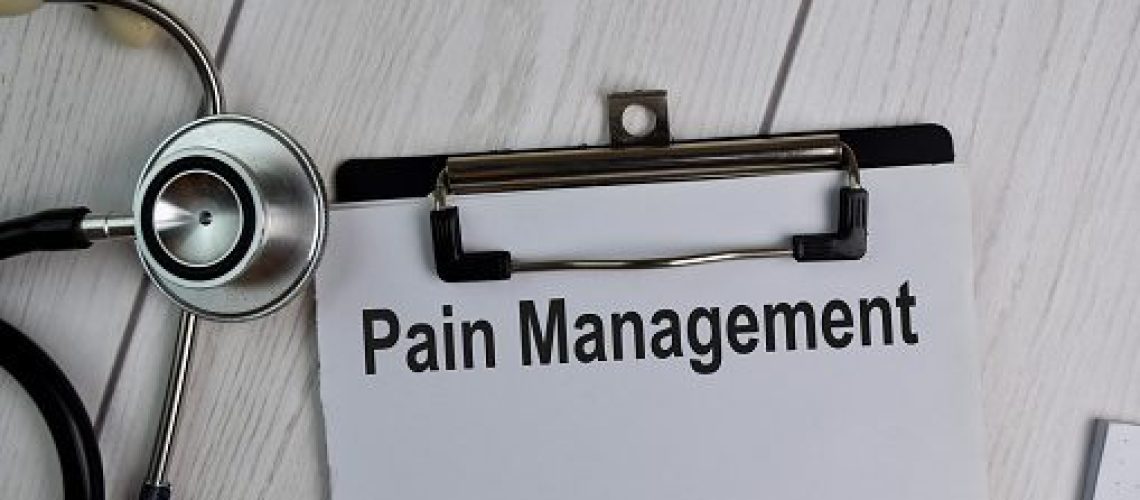When pharmaceutical companies were pushing pain medications into hospitals, they sold doctors on the idea that nobody should have to endure a life of constant pain. Here at Frederick Chiropractic Wellness Center, we believe that’s true. Although we believe there are plenty of non-pharmacological methods for treating pain. We stand for a holistic approach to pain management.
Chiropractic Care
Chiropractic work typically focuses on the spine but it can also be used to treat problems in shoulders, hips, knees, and feet.
Chiropractors traditionally use manual adjustments to the spine and other joints to improve motion, decrease muscle spasms, and relieve stress and strain on your nervous system, and decrease nerve inflammation. This often improves your overall alignment, mobility, strength, and balance. More importantly, a good chiropractor will take the time to do a more detailed history and examination to understand why the pain is there, instead of trying to cover it up. Your care may include specific stretching and strengthening exercises, physical therapy, stress management advice, and nutritional guidance to help you heal.
The Journal of Pain Medicine found that people who saw a chiropractor were 64% less likely to use opioids than people who didn’t. Many research studies have found that the chiropractic approach to healthcare is less costly overall than typical drug-based medical care.
Microcurrent
Frequency-specific microcurrent (FSM) is a therapy used for treating pain by using low-level electrical current. The current is delivered to certain parts of the body in an attempt to relieve the pain, reduce inflammation (swelling), and repair tissue. One of the ways FSM works is by potentially increasing cellular energy production, which can help stimulate tissue repair and help with healing both acute and chronic injuries. Depending on the condition, treatment with FSM can “loosen” or soften the muscles and help heal nerve damage, which can help relieve pain and/or stiffness.
Massage Therapy
Don’t underestimate massages! Studies over recent years have found that massage therapy is an effective tool for pain management.
For example, Cynthia Beckett, Ph.D., conducted a study that analyzed the effect of massage therapy on pain management. The study found that integrating massage therapy into the recovery process significantly reduced the level of pain patients experienced.
Further, in an article headlined, massage used to be considered an indulgence, but it’s now recognized as a legitimate therapy for some painful conditions, Harvard Medical School explains that massage therapy relaxes painful muscles, joints, and tendons which in turn reduces pain.
Consider turning a negative into a positive and use your pain as a reason to treat yourself to a massage. It could help more than you might think!
A Healthy Diet
More often than not chronic pain can be attributed to inflammation. There are certain foods like white bread and pastries that cause inflammation and then there are foods like peppers, dark chocolate, and fish that reduce it.
Designing your diet to minimize inflammation is one more tool in your kit to combat chronic pain. We saved it for last because we know it seems like a healthy diet is the answer for everything, but it does a phenomenal job in reducing pain.
Pain management should be looked at holistically. Many different factors can cause pain, and therefore many different methods should be used to treat it. Caring for your entire body by moving properly, eating properly, and consulting a medical professional leads to the best results in the area of pain management.
As you can see, pharmacological methods are not the only way to manage pain. Over here at Frederick Chiropractic Wellness Center, we believe in a holistic approach to pain management. We offer a variety of treatment techniques, here’s a link to our website, browse some of our services; and if you’re interested in pursuing treatment with us, our contact information is at the bottom of the homepage.

